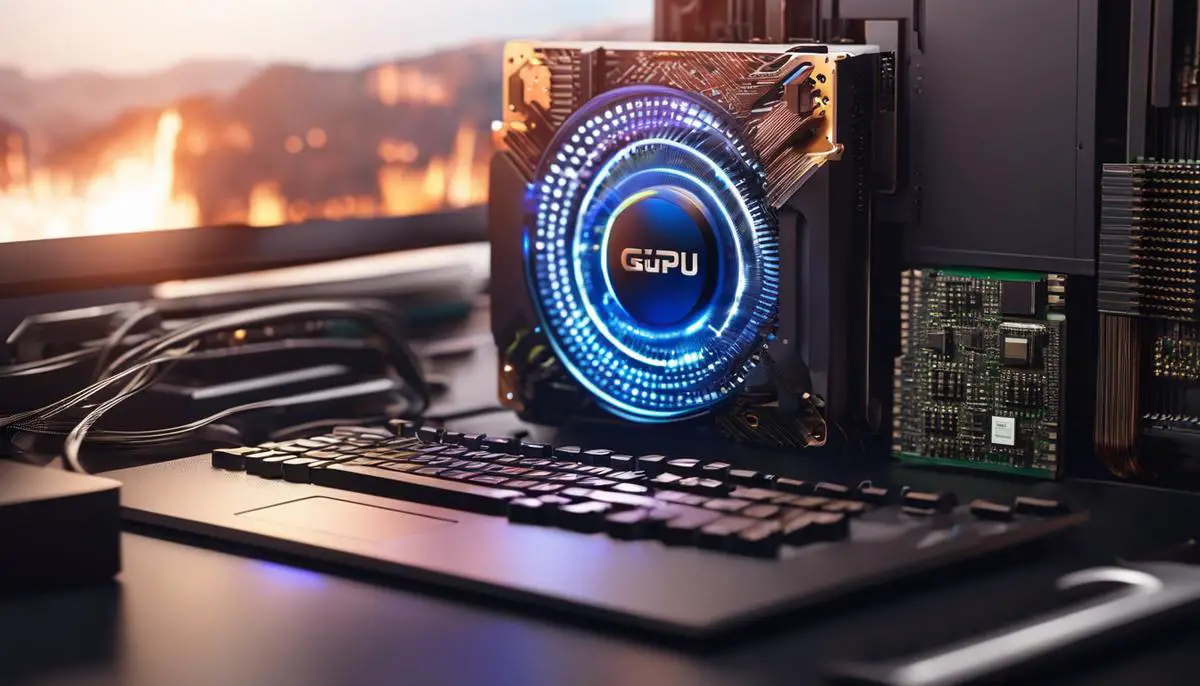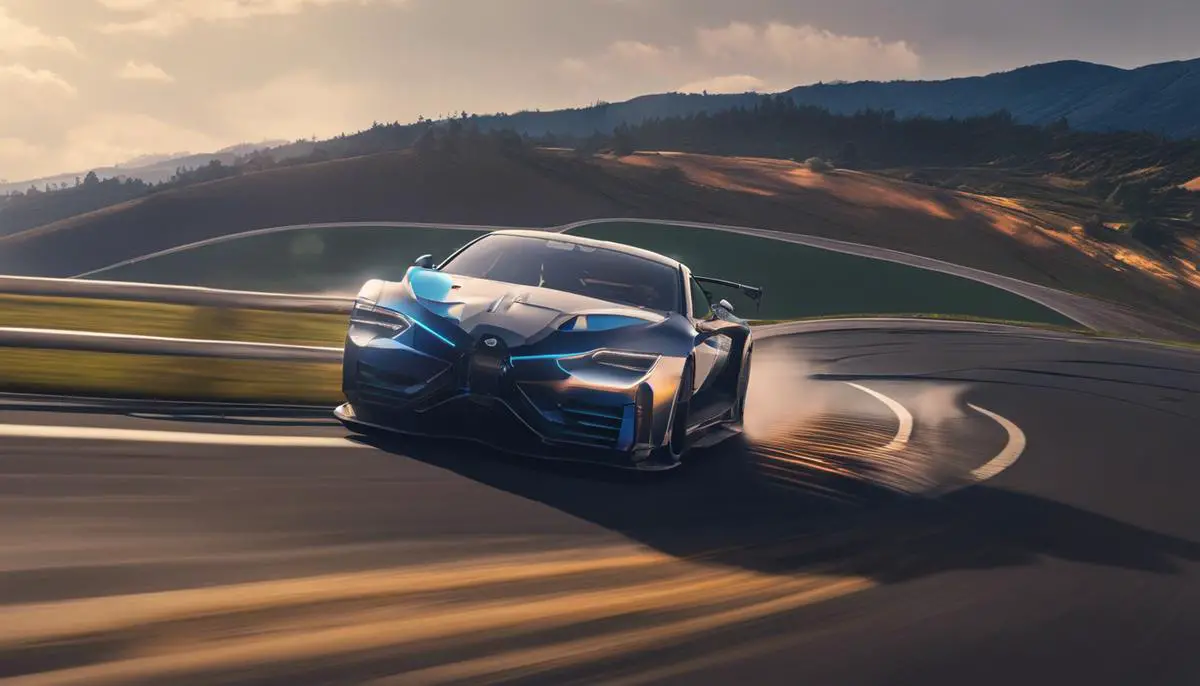Discord has rapidly evolved into a critical tool for online communication, particularly within gaming communities and professional environments looking to streamline their digital interactions. One aspect of this platform that often goes unnoticed is the implementation of hardware acceleration, a sophisticated technology that can greatly enhance user experience. But what exactly is hardware acceleration, and how does it affect your day-to-day activities on Discord? This essential feature allows Discord to leverage your computer’s graphics processing unit (GPU) rather than relying solely on the central processing unit (CPU), potentially providing a more seamless and efficient performance for its rich media-centric interface. As we unravel the intricacies of hardware acceleration within Discord, you’ll discover the straightforward steps on how to enable or disable this feature, learn the various advantages and occasional caveats associated with its use, and identify best practices for keeping your platform running smoothly.
What is Hardware Acceleration?
Unveiling Hardware Acceleration: A Boon for Discord Users
When delving into the world of Discord, a platform beloved by gamers and digital communities alike, one term that’s been picking up traction is ‘Hardware Acceleration.’ This feature isn’t just technical jargon but a key player in enhancing user experience. So, what does hardware acceleration actually entail for Discord aficionados? Let’s slice through the complexities and break it down.
Hardware acceleration, in essence, allows Discord to offload certain tasks from the processor (CPU) to the graphics card (GPU). This shift in resource allocation means that activities such as video rendering, which can be especially taxing when participating in a high-resolution game stream or video call, become smoother and more efficient. However, this doesn’t just translate to better video quality. The relief provided to the CPU can lead to a noticeable improvement in the overall performance of a user’s computer, minimizing the likelihood of any sluggishness or a system bottleneck due to Discord’s operations.
For the tech-savvy user, having the option to toggle hardware acceleration on and off is a testament to Discord’s flexibility and understanding of its diverse user base. Activating this feature can make a significant difference for users with beefier GPUs, who will see Discord actions carried out with increased speed and reduced latency. On the flip side, those with older hardware may not have a GPU that supports acceleration or could even experience performance degradation due to an overtaxed graphics card. It’s important to experiment with this setting to see where the sweet spot lies for your particular setup. Just dive into Discord’s ‘Appearance’ settings, flip the hardware acceleration switch accordingly, and elevate your digital hangout experience. No summary needed; performance speaks for itself.

How to Enable/Disable Hardware Acceleration in Discord
When it comes to tweaking Discord settings, particularly for toggling hardware acceleration, users must know where to find this option and what effects it may have on their user experience. The pathway to accessing this feature is found within the interface of the Discord application itself. Delve into the settings by clicking the gear icon typically positioned near your profile picture at the bottom left corner of the Discord window. Navigate through the ‘Appearance’ tab; this is where Discord tucks away its performance-related toggles.
Upon reaching the ‘Appearance’ section, a scroll down will lead to the ‘Advanced’ subsection. Here lies the switch for hardware acceleration— an unassuming toggle that can significantly alter how Discord operates on a machine. It’s a simple switch that can be turned on or off, with immediate effect. Disabling hardware acceleration will prompt Discord to rely solely on the CPU— a maneuver that could benefit users with less capable GPUs or those looking to reserve GPU resources for other applications. Conversely, turning this feature on diverts the graphical workload back to the GPU, potentially freeing up CPU resources for multitasking or demanding computational tasks.
It is worth noting that each hardware configuration responds differently to this change. Users with high-performance GPUs might see minimal impact when toggling hardware acceleration, while those on lower-end systems could experience notable changes in application responsiveness and performance. Whether Discord is your daily driver for communication or a crucial tool for streaming and gaming, managing hardware acceleration can be a pivotal factor in the platform’s efficiency. Users should pay attention to their system’s behavior post-adjustment. If Discord runs smoother with less strain on the system, then keep it toggled on. If the result is subpar, toggle it off to troubleshoot. Prioritizing the balance between performance and resource allocation is key, and Discord’s hardware acceleration toggle is a catalyst in achieving that equilibrium.

Pros and Cons of Hardware Acceleration on Discord
While the benefits of enabling hardware acceleration in Discord are clear, it’s vital to acknowledge the potential disadvantages that can arise, particularly with less capable GPUs. If a user’s graphics card isn’t up to snuff, hardware acceleration might do more harm than good. For low-end graphics setups, the additional load can lead to choppy video playback, graphics glitches, or even system crashes. This creates an essential consideration for users to evaluate their hardware’s capability before flipping the switch for acceleration.
Disabling hardware acceleration can be a boon for those with weaker GPUs, as it allows the CPU to handle the graphical processing. This shift in resource allocation can stabilize Discord’s performance, reducing the risk of graphical errors and ensuring a smoother application experience. It’s crucial for users to monitor their system’s response after adjusting hardware acceleration settings. Pay attention: is there a noticeable dip in performance, or does the app run more fluidly? Each hardware configuration will react differently; thus, finding the sweet spot is a personalized process.
Managing hardware acceleration settings is akin to fine-tuning a car’s engine for optimal performance. It’s all about balance — leveraging resources where they are most effective. After enabling or disabling hardware acceleration in Discord, users should pay close attention to their system’s behavior. Are there improvements in application fluidity, or has the change introduced new computing hiccups? By being observant and making informed adjustments, users can achieve that ideal balance, ensuring Discord runs as efficiently as possible without overstressing any single component in their tech arsenal. Trial, error, and careful observation lie at the heart of tailoring the Discord experience to suit individual hardware configurations—a task that any tech enthusiast relishes.

Troubleshooting Common Issues
Encountering glitches with Discord’s hardware acceleration can often be a headache for those who aren’t familiar with troubleshooting. The first step in resolving such issues is to identify the symptoms. Is Discord lagging, are there unexpected crashes, or perhaps it’s not utilizing the GPU effectively? Recognizing the nature of the problem is half the battle.
Once the problem has been pinpointed, delve into the settings option within Discord. Navigate to ‘Appearance’ and toggle the ‘Hardware Acceleration’ feature. This may require a quick Discord restart to take effect. Upon reactivation, observe Discord’s performance closely. Users with less capable GPUs might notice an immediate improvement in stability once hardware acceleration is disabled. This is due to the redistribution of workload back to the CPU, reducing strain on the graphics unit.
For tech veterans with robust hardware configurations, small tweaks can make a significant difference. Custom rigs with high-end GPUs should see seamless video performance and reduced CPU load with hardware acceleration enabled. However, if there is still trouble, updating graphics drivers or even rolling them back can resolve compatibility quirks or bugs that interfere with Discord’s operations. Consistent discrepancies or faults may also hint at potential hardware issues requiring deeper dives into diagnostic testing. Remember that the interplay between software configurations and hardware capabilities is a dance of precision. Observe, adjust, and test systematically, ensuring that each change moves towards an efficient and smooth Discord experience.

Measuring Performance Impact
To gauge the impact of hardware acceleration on Discord’s performance, one must dive into nuanced observation and precise measures. Start by scrutinizing frame rates during video calls or streaming. High frame rates with hardware acceleration indicate the GPU’s adept handling of intense graphical tasks, which would otherwise tax the CPU. Consistent and high-quality video output is a clear signal of the positive impact of hardware acceleration when the feature is properly supported by the underlying hardware.
Latency is another critical factor. For avid gamers and interactive stream viewers, reduced latency translates to real-time responsiveness and a seamless experience. By monitoring response times with and without hardware acceleration, one can discern the direct influence of GPU involvement in data processing efficiency. A decrease in latency with hardware acceleration active underscores the GPU’s role in accelerating data computations, thereby enhancing the interaction continuum for the user.
Finally, assessing overall system performance while multitasking can reveal much about the impact of hardware acceleration. A system that maintains composure under the load of multiple applications might be reaping the benefits of offloading Discord’s demands to the GPU. Observe your computer’s reaction to running Discord alongside resource-intensive programs. Does it remain unfazed? Then hardware acceleration is likely doing its job, freeing up CPU resources and facilitating a more robust multitasking environment.
By keeping a keen eye on frame rates, latency, and system performance under varied loads, the effectiveness and repercussions of hardware acceleration on Discord’s performance can be meticulously measured. This hands-on approach will equip users with the insights needed to optimize their experience, ensuring that settings are tweaked for an equilibrium that matches their unique hardware setup and usage patterns.

The journey through Discord’s hardware acceleration offers insights that transcend simple toggles within an application’s settings. It represents a broader understanding of how modern applications can harness the power of hardware to deliver a superior experience. Balancing the pros and cons illustrates the thoughtful approach required to tailor Discord to your personal computing environment. Whether you notice a substantial uptick in performance or encounter the need for some troubleshooting, your newfound knowledge equips you with the proficiency to navigate these options with confidence. Remember, frequent assessment and adjustments are key to optimizing Discord for your unique setup, ensuring that each message, image, and video comes through with clarity and celerity, without overburdening your system. The world of hardware acceleration is a testament to the ongoing evolution of user-focused software design, where efficiency and experience walk hand-in-hand.